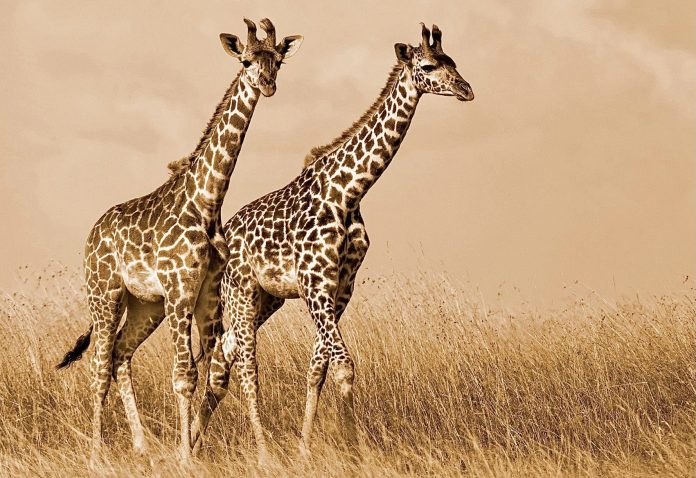
Conservation & Animal Protection Groups Sue USFWS For Failure To Protect Africa’s Giraffes After Their Population Declines By 40%
You can help all animals and our planet by choosing compassion on your plate and in your glass. #GoVeg

You can help all animals and our planet by choosing compassion on your plate and in your glass. #GoVeg